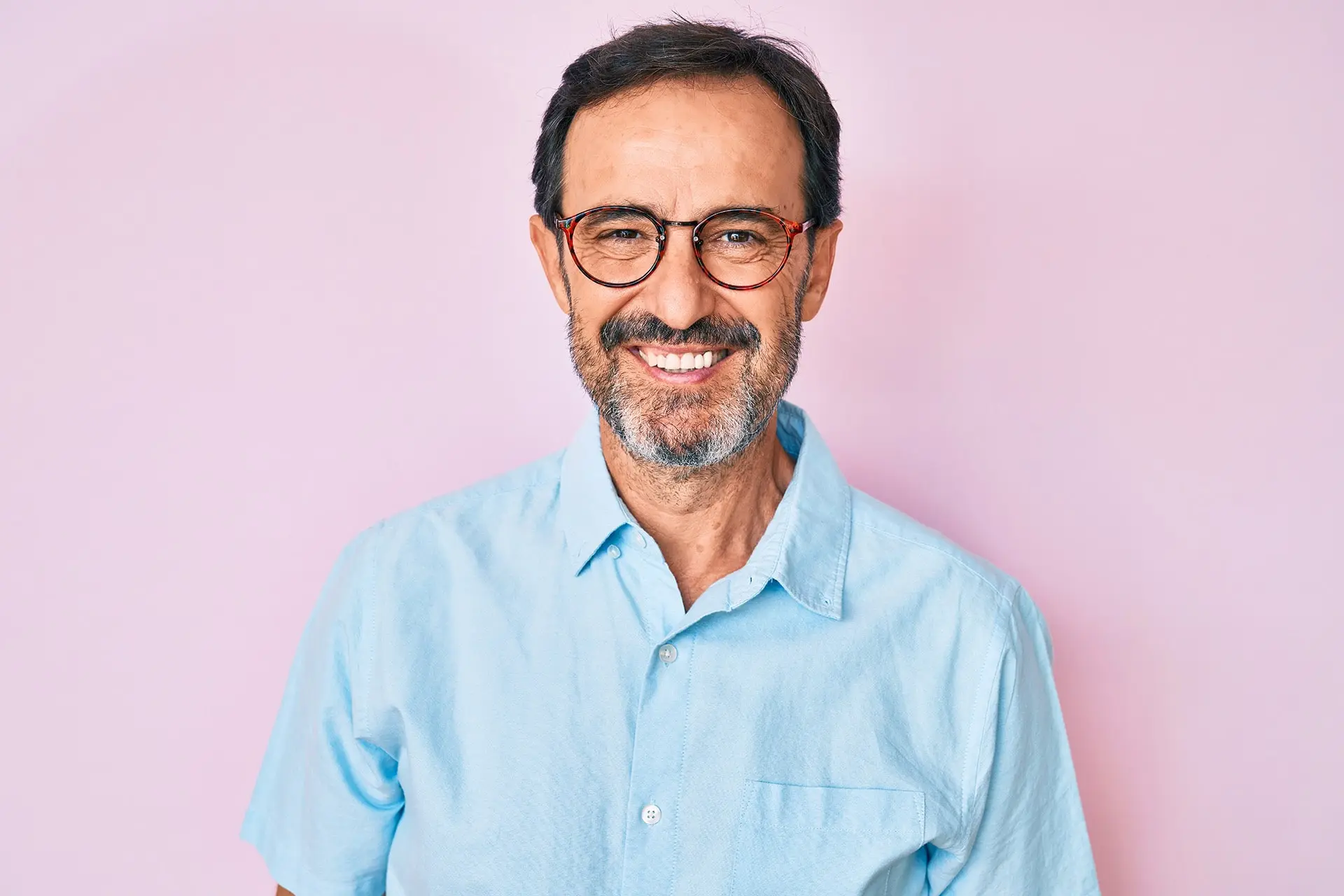BPH treatments
What is Benign prostatic hyperplasia (BPH)? Who does it affect?
bph treatments
The issue of prostate hyperplasia continues to be a taboo subject among many. Often, men confuse a healthy prostate gland with virility, and this can create a hindrance for those ailing to getting help at earlier stages. What is not understood is that when left untreated, prostate ailments make it increasingly impossible for the bladder to empty itself completely, causing residual urine to accumulate and bacteria to multiply quickly. It is, therefore, imperative to get the condition checked and managed. Your doctor may recommend medications, surgery or even minimally invasive techniques such as Elesta Echo laser.
READ THE FULL ARTICLE
What is Benign Prostatic Hyperplasia? Who does it affect?
BPH treatments
Benign prostatic hyperplasia (BPH) — also called Prostate gland enlargement — is a common condition as men age. In fact, almost 50% of men over the age of 50 and up to 90 per cent of men over 80 are affected by this bothersome yet benign condition.
A recent study also discovered a potential genetic relationship between BPH and highly enlarged prostate in men under 65: When compared to other males, their male cousins had a four-fold increased risk of requiring BPH surgery, and their brothers had a six-fold increased risk.
While BPH is known to mainly occur in older men, the causes of BPH are not clear.
However, one possible cause that could play a role in BPH is hormone changes. The condition may develop when these hormone changes trigger prostate cell growth. Another theory is about the role of dihydrotestosterone (DHT), a male hormone considered to support prostate development.
Symptoms
An enlarged prostate gland can cause uncomfortable urinary symptoms, whereby the ailing might find it hard to urinate, be awakened often at night to urinate, have a weak urinary stream, and experience painful burning sensations, among many other such symptoms. Furthermore, it is known to cause bladder, urinary tract, or kidney problems.
At the same time, it is relieving to know that BPH is benign, meaning it is not cancerous, nor does it lead to cancer. However, it has been found that BPH and prostate cancer can happen at the same time.
Treatment
BPH treatments
Many treatments are available for enlarged prostate, including medication, minimally invasive therapies, and surgery. The best treatment choice for you depends on several factors, including:
- The size of your prostate
- Your age
- Your overall health
- The amount of discomfort or bother you are experiencing
However, BPH may not even require any treatment until it begins to cause symptoms. Only about 20 – 30 per cent of BPH cases are severe enough to call for medical attention.
In such serious cases, surgery is considered the sole treatment option. At the same time, there are many who might not wish to opt for surgical interventions because it carries a higher risk of cardiovascular and life-threatening complications. In such cases, they can choose to stay on medications, however, this treatment path comes bearing the disadvantage of delay in improvement. This is where minimally invasive alternatives prove to be the best solution. Not only are they much safer compared to surgeries, but the improvements are also immediate compared to medications.
While there are a number of non-invasive approaches to treating BPH, a transperineal approach as utilized in Elesta Echo laser is the least traumatic of all. The treatment consists of the percutaneous insertion of optical fibers (one or two fibers per lobe, depending on the basal volume of the prostate gland) via transperineal access, and the delivery of laser energy for several minutes, which heats the tissues until they are destroyed.
This causes a progressive reduction in the volume of the prostate lobe and the subsequent disappearance of the symptoms. In fact, with just one Elesta Echo laser session, it is possible to obtain a significant and persistent reduction of the prostate gland volume and an improvement of localized symptoms without changing the prostate’s physiology.
Our Social Media
Follow us on Social Media

